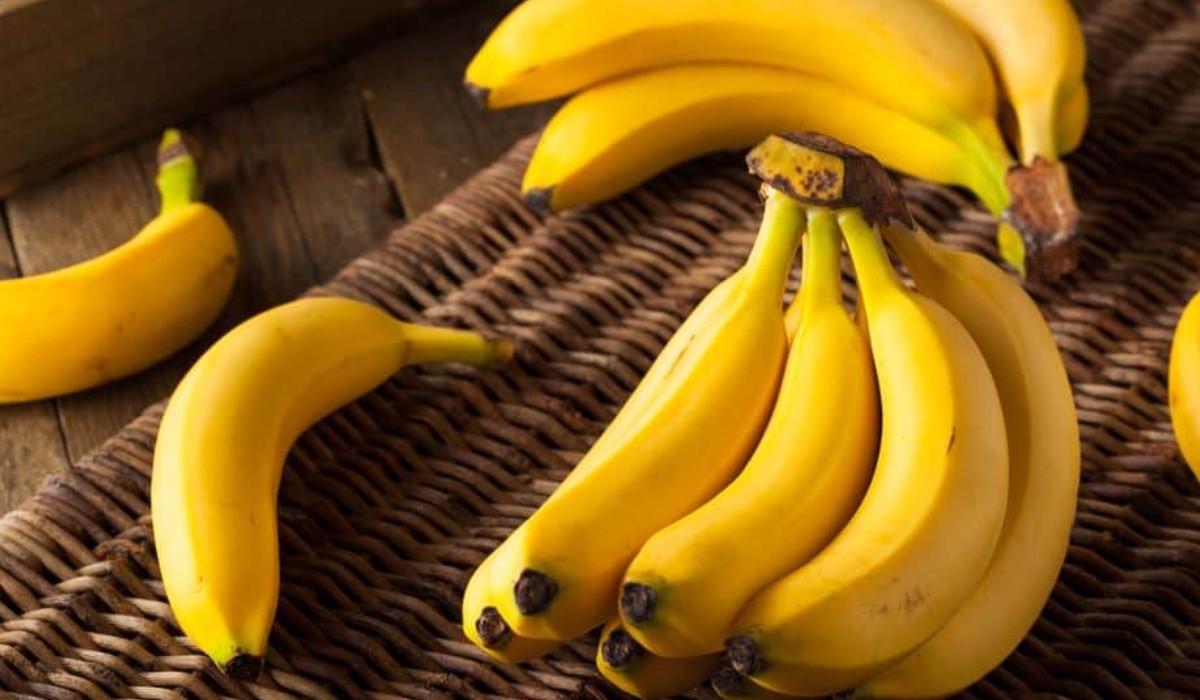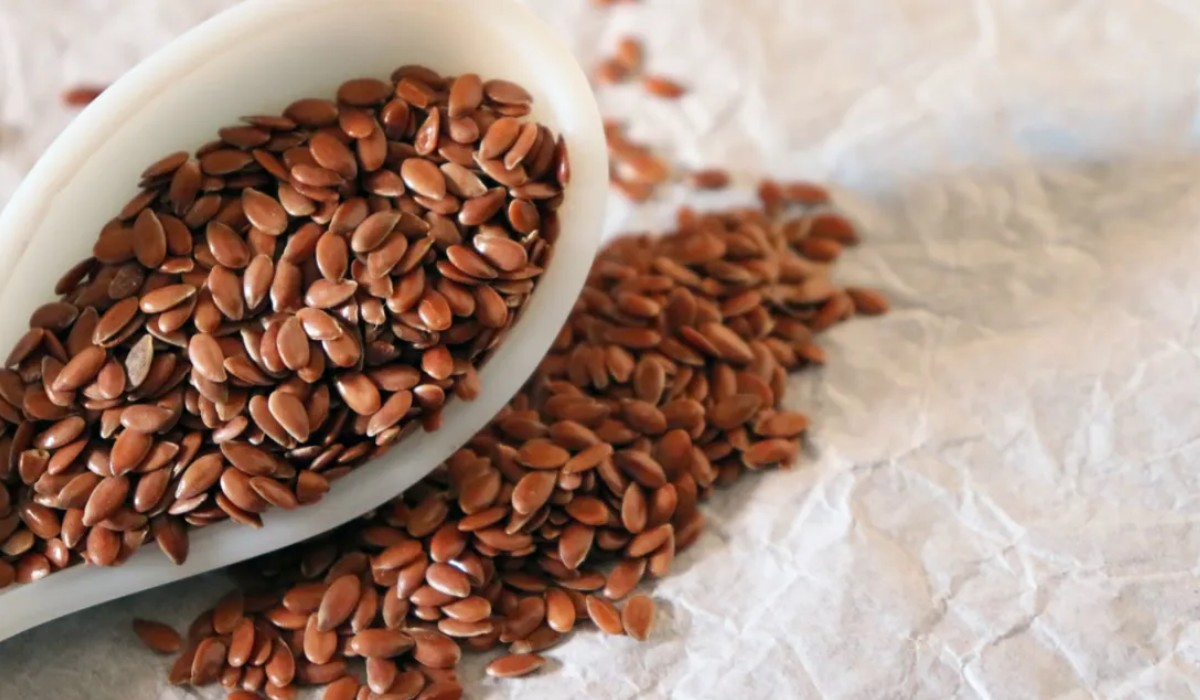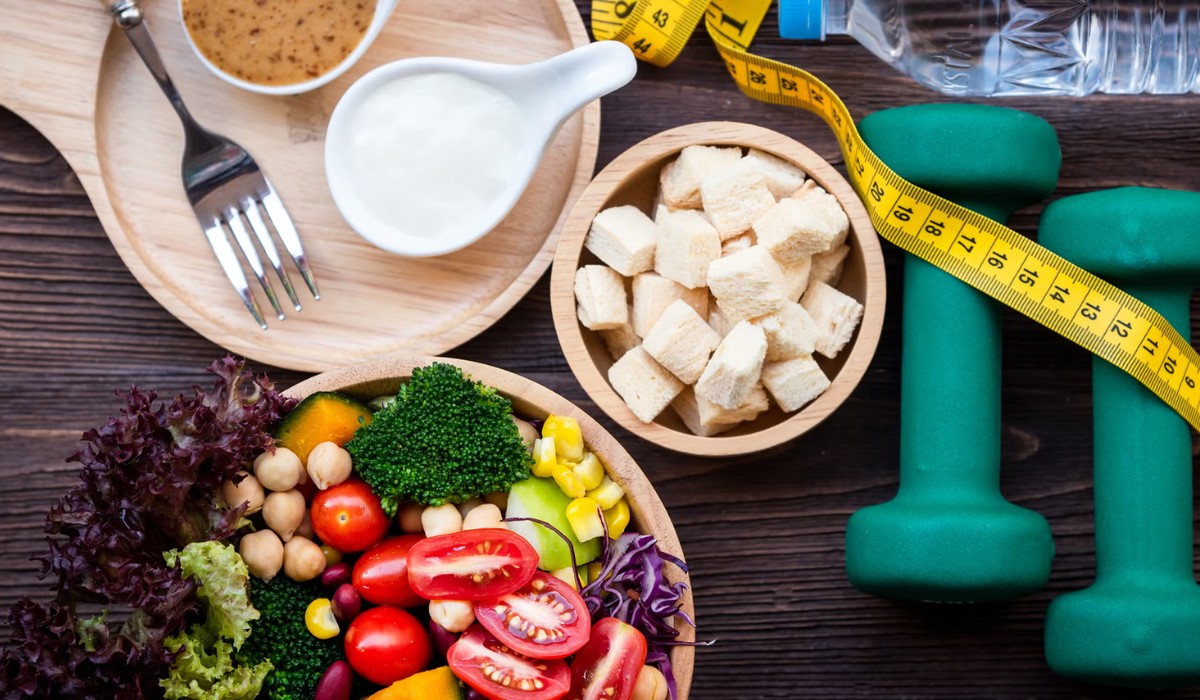Superfoods to boost a healthy diet
No single food — not even superfoods — can offer all the nutrition, health benefits, and energy we need to nourish ourselves. The 2015–2020 US Dietary Guidelines recommend healthy eating patterns, “combining healthy choices from across all food groups — while paying attention to calorie limits.”
These “superfoods” offer some very important nutrients that can power-pack your meals and snacks, and further enhance a healthy eating pattern.
Superfoods list
Yogurt.

A good source of calcium and protein, yogurt also contains live cultures called probiotics. These “good bacteria” can protect the body from other, more harmful bacteria.
How to include it: Try eating more yogurt, but watch out for fruited or flavored yogurts, which contain a lot of added sugar. Buy plain yogurt and add your own fruit. Look for yogurts that have “live active cultures” such as Lactobacillus, L. acidophilus, L. bulgaricus, and S. thermophilus. You can use yogurt in place of mayonnaise or sour cream in dips or sauces.
Cruciferous vegetables.
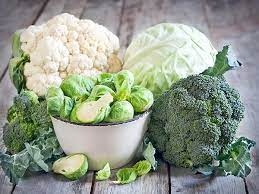
These include broccoli, Brussels sprouts, cabbage, cauliflower, collard greens, kale, kohlrabi, mustard greens, radishes, and turnips. They are an excellent source of fiber, vitamins, and phytochemicals including indoles, thiocyanates, and nitriles, which may prevent against some types of cancer.
Whole grains.
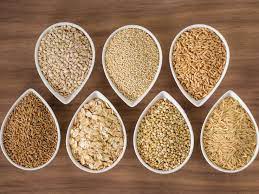
A good source of both soluble and insoluble fiber, whole grains also contain several B vitamins, minerals, and phytonutrients. They have been shown to lower cholesterol and protect against heart disease and diabetes.
Nuts
Hazelnuts, walnuts, almonds, pecans — nuts are a good source of plant protein. They also contain monounsaturated fats, which may be a factor in reducing the risk of heart disease.
How to include them: Add a handful to oatmeal or yogurt or have as a snack. But remember they are calorically dense, so limit to a small handful. Try the various types of nut butters such as peanut (technically a legume), almond, or cashew. Nuts are also a great accompaniment to cooked veggies or salads.
Tomatoes.
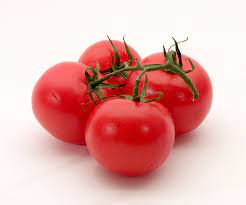
These are high in vitamin C and lycopene, which has been shown to reduce the risk of prostate cancer.
How to include them: Try tomatoes in a salad or as a tomato sauce over your pasta. You can also put them in stews, soups, or chili. Lycopene becomes more available for your body to use when tomatoes are prepared and heated in a healthy fat such as olive oil.









